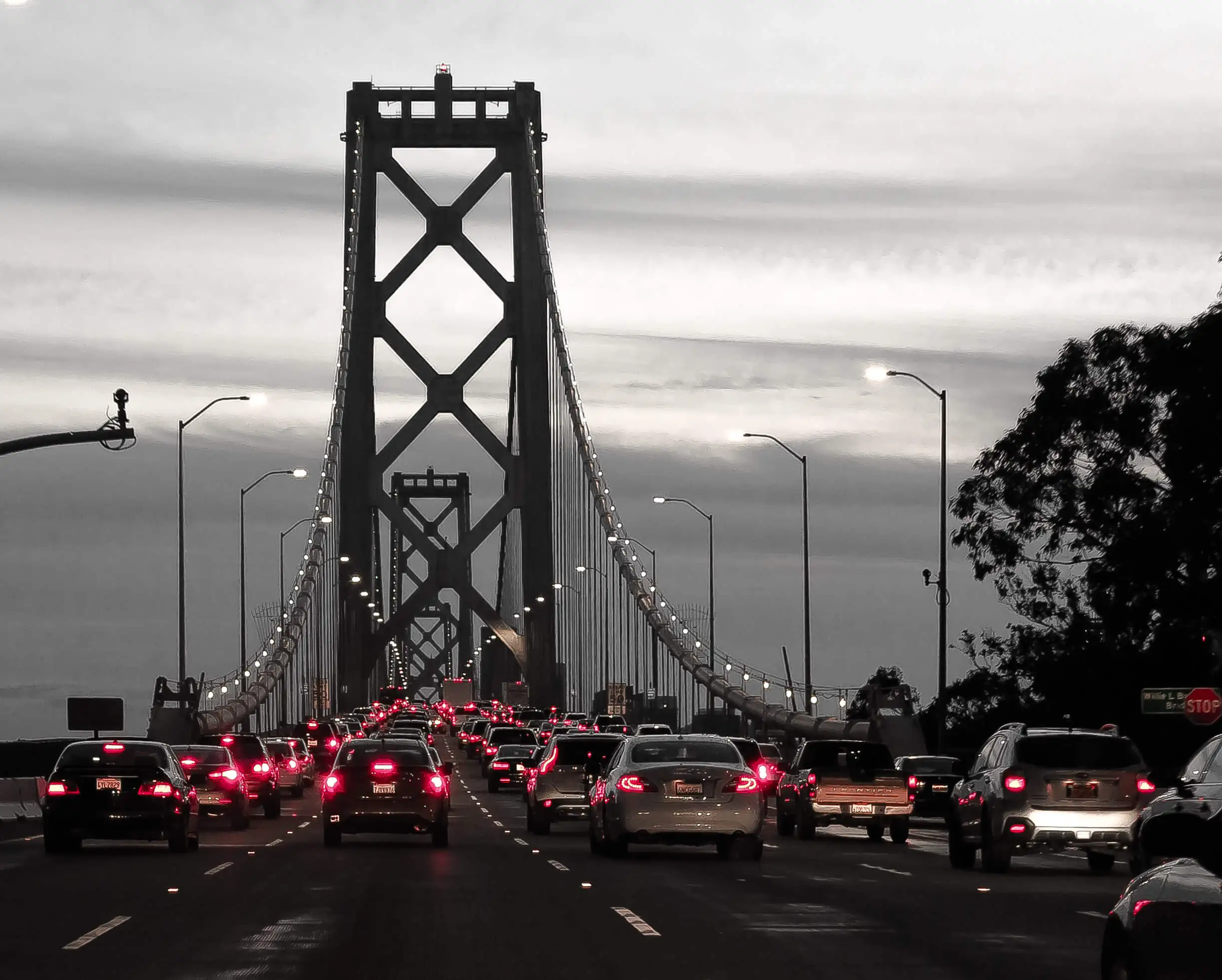How Self-Driving Car Systems Could Reduce Traffic Jams
I’m Ed Smith, a Stockton Personal Injury Lawyer. Whether you’re commuting during rush hour traffic or heading out for the beginning of a vacation, drivers frequently find themselves stuck in a “phantom” traffic jam that offers no obvious explanation. The results of a recent study conducted by the National Science Foundation (NSF) revealed that having just one autonomous vehicle on the road can influence the traffic flow of at least 20 human-controlled cars nearby. The implications of the study results are that autonomous vehicles have the capacity to significantly reduce roadway congestion.
The Mystery of Phantom Jams Explained
Phantom jams often provoke frustration and confusion, yet they are surprisingly simple to understand. They are caused by humans. When one driver slows down or hits their brakes, the cars behind that first vehicle have to make speed adjustments to avoid a collision. Eventually, one or more cars begin to make their adjustments too abruptly and aggressively. A chain reaction begins and continues down the lines of cars, creating traffic congestion. Humans are imperfect and in the face of dense traffic, one small miscalculation by one driver gets amplified by the others behind them.
The National Science Foundation Study on Traffic Jams
The team of NSF researchers began their study in 2016, with the desire to improve mobility systems. Twenty-one passenger vehicles were rented, including SUV’s, trucks, and sedans. All vehicles were put on a circular track, with a human driver in 20 of the cars. The other car was self-driving.
When the autonomous vehicle was not included in the track, there were stop-and-go waves of movement between cars. However, when the autonomous vehicle was on the track, those waves were stabilized.
Autonomous cars are designed to ensure that cars move at a constant, uninterrupted speed. Part of the self-driving technology involves driving at the average speed to help smooth out traffic flows. If you are driving and see a traffic jam ahead, the best decision you can make is to gradually reduce your speed.
Adaptive Cruise Control and Road Congestion
A follow-up research study in collaboration with Ford Motor Company also had many interesting results. In summary, the results revealed that simply activating the cruise control system found in many everyday vehicles can reduce traffic jams. In the study, vehicles with the adaptive cruise control technology reduced the incidence of a series of brake reactions better than vehicles without cruise control. These results are most likely due to the smoothing effect of traffic flow that comes with cruise control.
The good news is that you don’t need to own a self-driving car to play a part in reducing traffic jams. All you need is a keen eye for upcoming traffic congestion or cruise control. Reducing your speed in a controlled, gradual manner can make all the difference. Be sure to try it out next time you’re caught in stop-and-go traffic.
Stockton Personal Injury Lawyers
I’m Ed Smith, a Stockton Personal Injury Lawyer. Accident injuries can be devastating for both the victim and their families. If you or a loved one have been seriously injured in an accident, I am here to provide you with free, friendly legal advice on your situation. Contact me at (209) 227-1931 or toll-free at (800) 404-5400.
I have been reviewed by some of my former clients and peers at:
I am a California member of the Million Dollar Advocates.
You can browse many of our Verdicts and Settlements here.
Photo Attribution: By “Andrzej” via StockSnap
:jf ds [cs 627] cv

